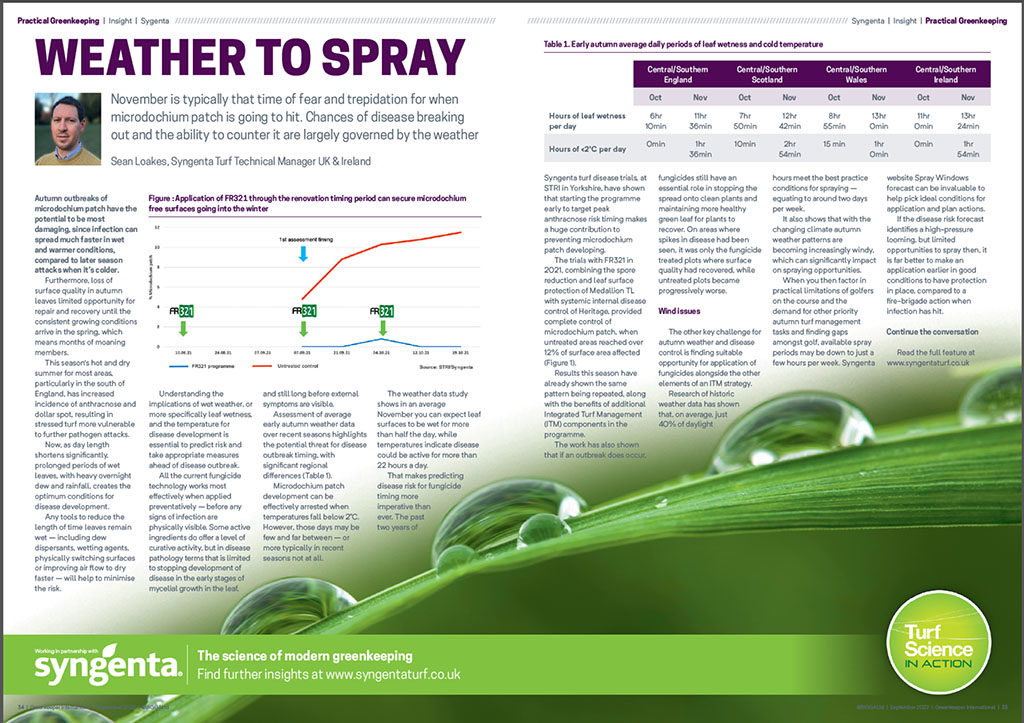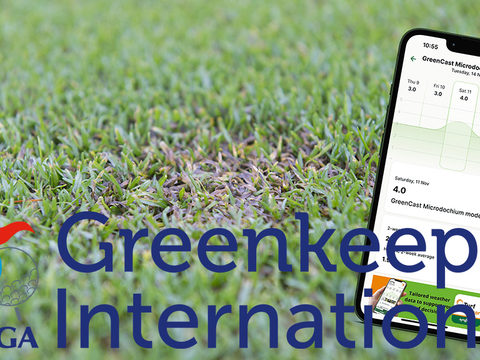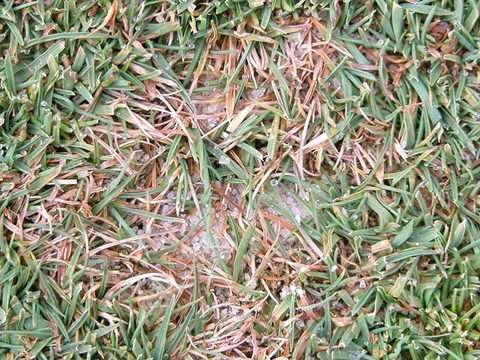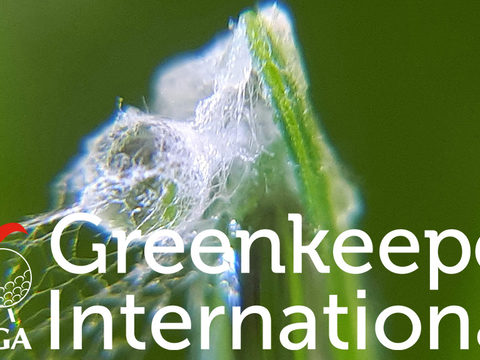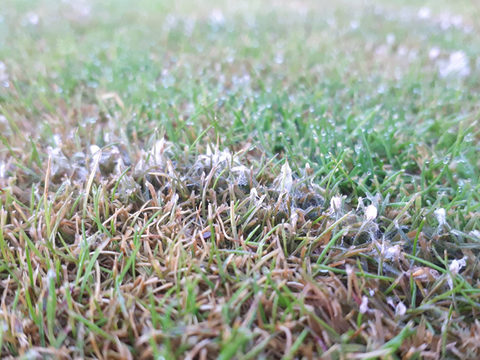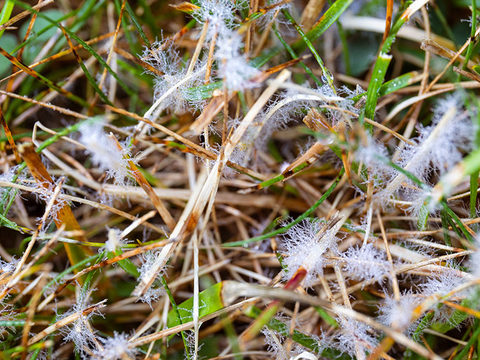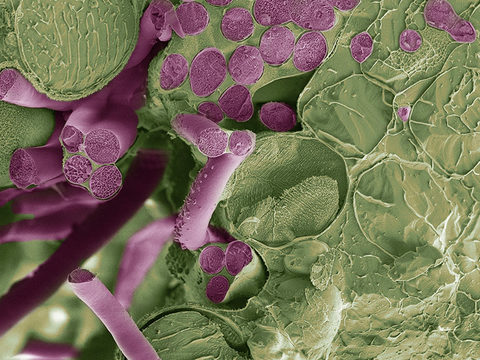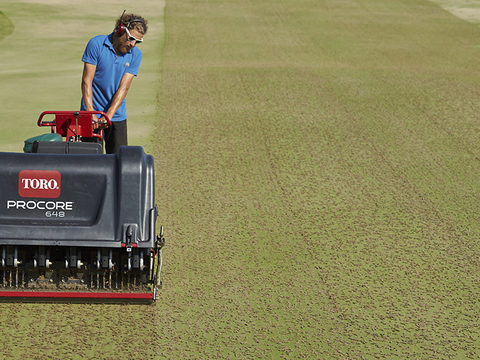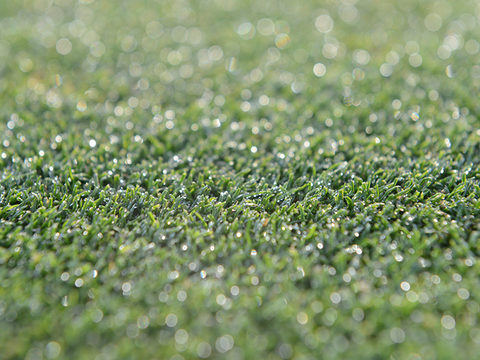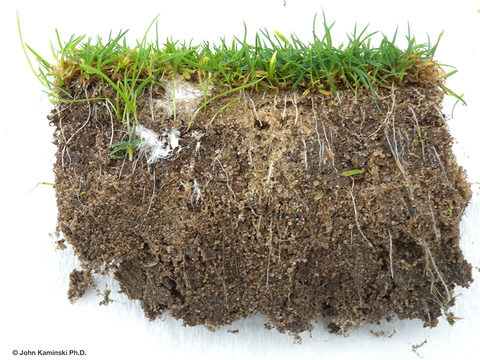Weather to spray

November is typically that time of fear and trepidation for when microdochium patch is going to hit. Chances of disease breaking out and the ability to counter it are largely governed by the weather, writes Sean Loakes, Syngenta UK Turf Technical Manager.
The primary concern is that autumn outbreaks of microdochium patch have the potential to be most damaging, since infection can spread much faster in wet and warmer conditions, compared to later season attacks when it’s colder.
Furthermore, loss of surface quality in autumn leaves limited opportunity for repair and recovery until the consistent growing conditions arrive in the spring, which means months of moaning members.
This season’s hot and dry summer for most areas, particularly in the south of England, has increased incidence of anthracnose and dollar spot resulting in stressed turf more vulnerable to further pathogen attacks.
However, many courses have been forced to undertake intensive renovation programmes to restore losses to turf density as a result of the summer heatwave. That creates immense turf stress conditions and physical leaf damage that could make plants more open to disease infection, as well as disturbing disease spores in the thatch layer.
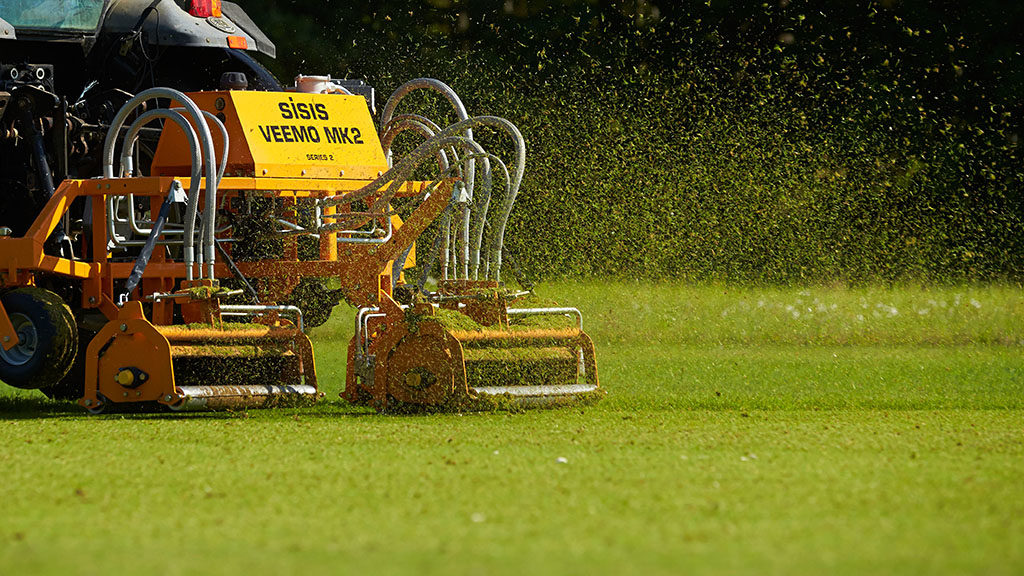
Now, as day length shortens significantly, prolonged periods of wet leaves, with heavy overnight dew and rainfall, creates the optimum conditions for disease development.
Any tools to reduce the length of time leaves remain wet – including dew dispersants, wetting agents, physically switching surfaces or improving air flow to dry faster – will help to minimise the risk.
Understanding the implications of wet weather, or more specifically leaf wetness, and the temperature for disease development is essential to predict risk and take appropriate measures ahead of disease outbreak.
All the current fungicide technology works most effectively when applied preventatively – before any signs of infection are physically visible. Some active ingredients do offer a level of curative activity, but in disease pathology terms that is limited to stopping development of disease in the early stages of mycelial growth in the leaf, and still long before external symptoms are visible.
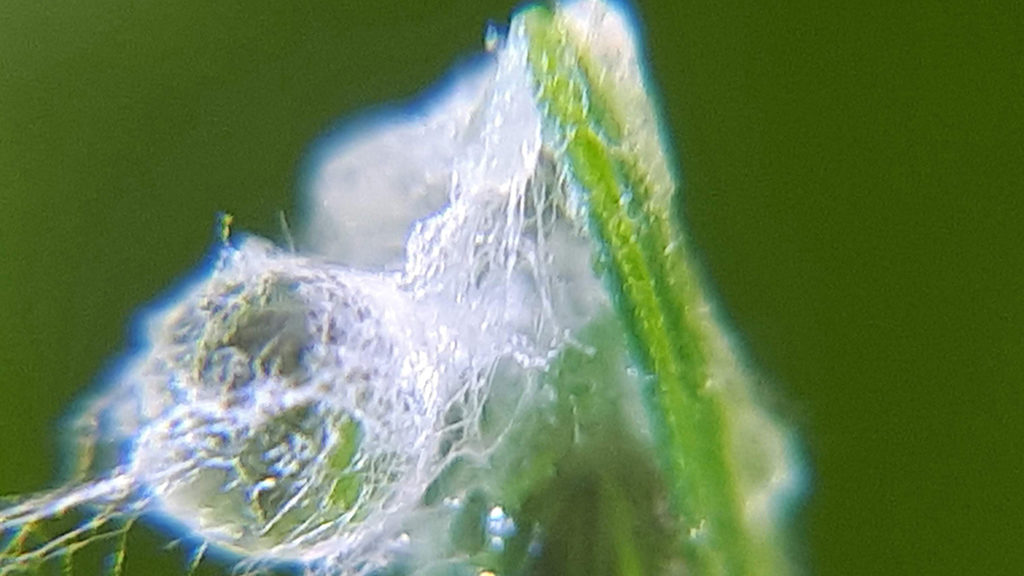
Assessment of average early autumn weather data over recent seasons highlights the potential threat for disease outbreak timing, with significant regional differences (Table 1).
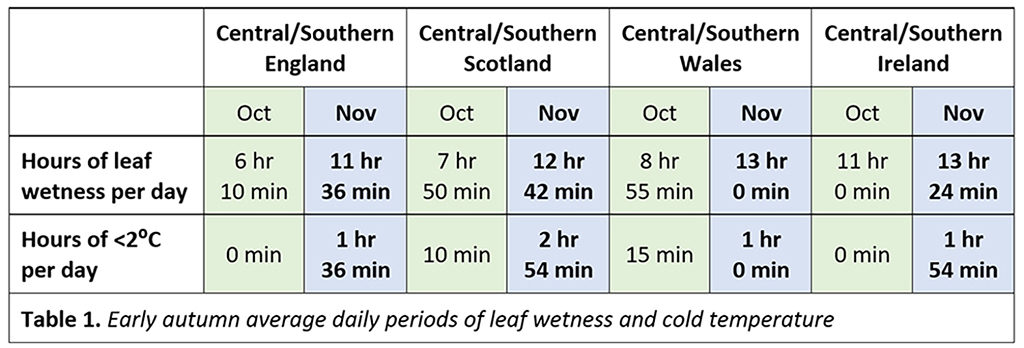
Microdochium patch development can be effectively arrested when temperatures fall below 2⁰C. However, those days may be few and far between – or more typically in recent seasons not at all.
The weather data study shows in an average November you can expect leaf surfaces to be wet for more than half the day, while temperatures indicate disease could be active for more than 22 hours a day.
That makes predicting disease risk for fungicide timing more imperative than ever. The past two years of Syngenta turf disease trials, at STRI in Yorkshire, have shown that starting the programme early to target peak anthracnose risk timing makes a huge contribution to preventing microdochium patch developing.
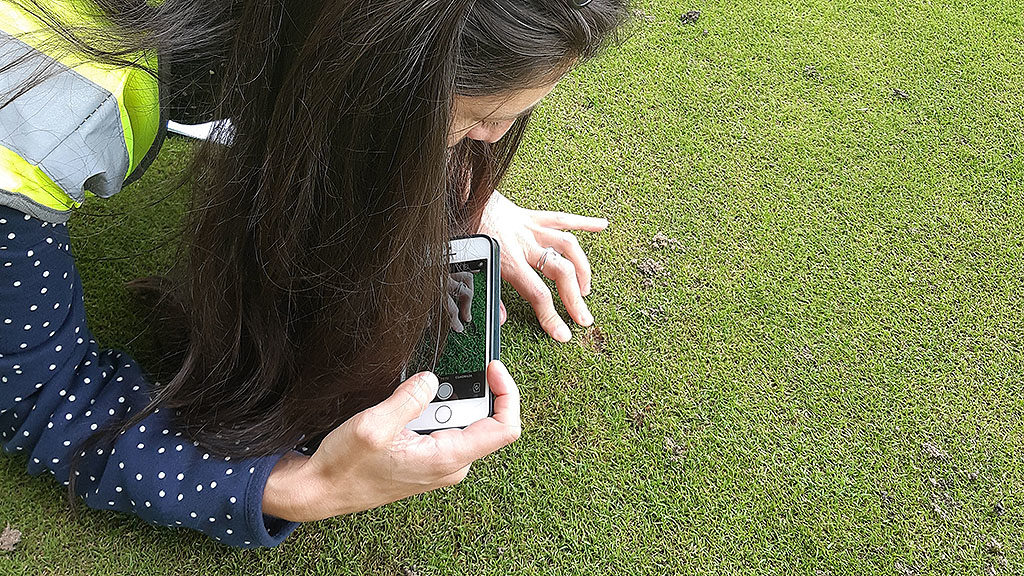
Trials with FR321 in 2021, combining the spore reduction and leaf surface protection of Medallion TL with systemic internal disease control of Heritage, provided complete control of microdochium patch, when untreated areas reached over 12% of surface area affected (Fig 1).
Results this season have already shown the same pattern being repeated, along with the benefits of additional Integrated Turf Management (ITM) components in the programme.
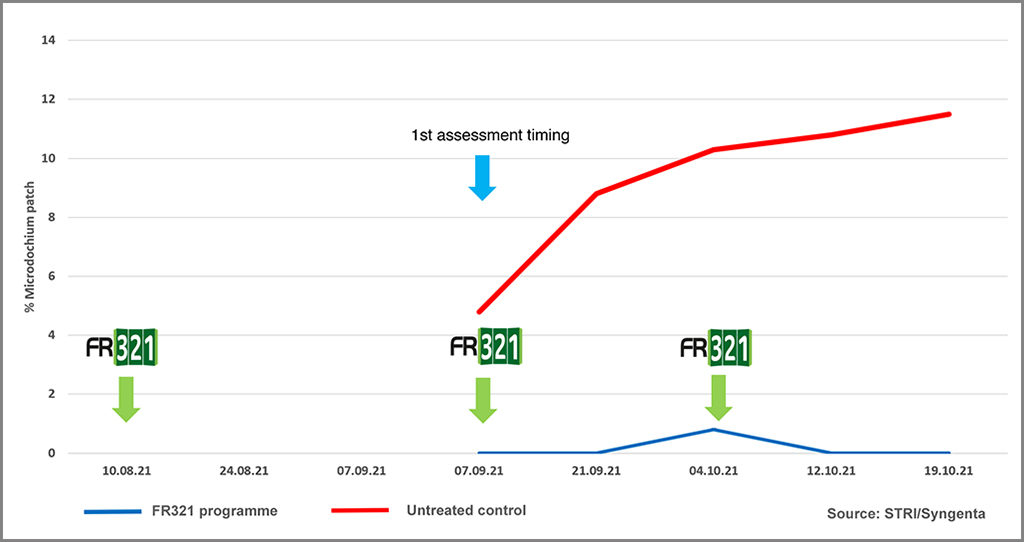
The work has also shown that if an outbreak does occur, fungicides still have an essential role in stopping the spread onto clean plants and maintaining more healthy green leaf for plants to recover. On areas where spikes in disease had been seen, it was only the fungicide treated plots where surface quality had recovered, while untreated plots became progressively worse.
Wind issues
The other key challenge for autumn weather and disease control is finding suitable opportunity for application of fungicides alongside the other elements of an ITM strategy.

Research of historic weather data has shown that, on average, just 40% of daylight hours meet the best practice conditions for spraying – equating to around two days per week.
It also shows that with the changing climate autumn weather patterns are becoming increasingly windy, which can significantly impact on spraying opportunities.
When you then factor in practical limitations of golfers on the course and the demand for other priority autumn turf management tasks and finding gaps amongst golf, available spray periods may be down to just a few hours per week.
Syngenta website Spray Windows forecast can be invaluable to help pick ideal conditions for application and plan actions.
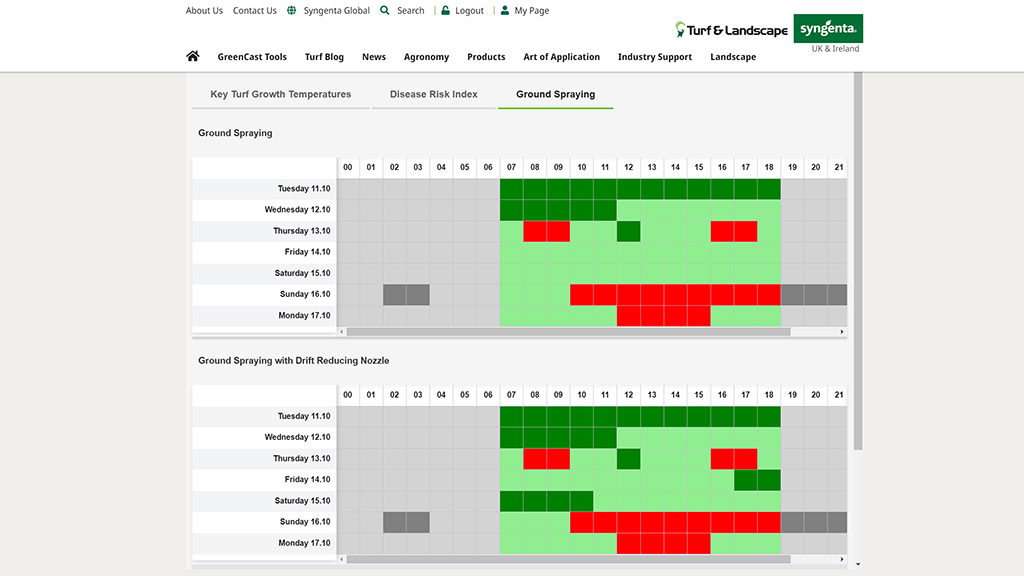
If the disease risk forecast identifies a high-pressure looming, but limited opportunities to spray then, it is far better to make an application earlier in good conditions to have protection in place, compared to a fire-brigade action when infection has hit.
